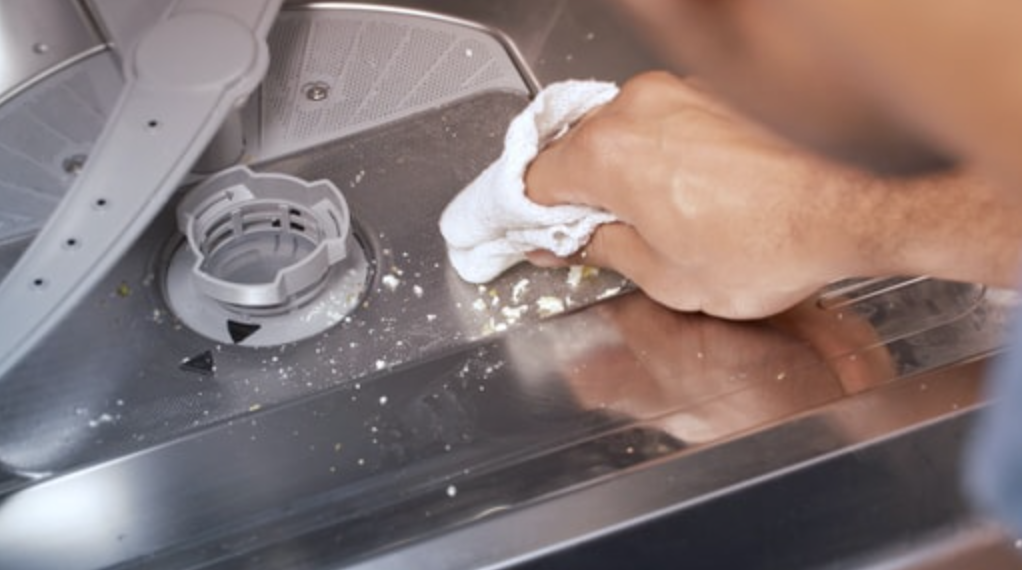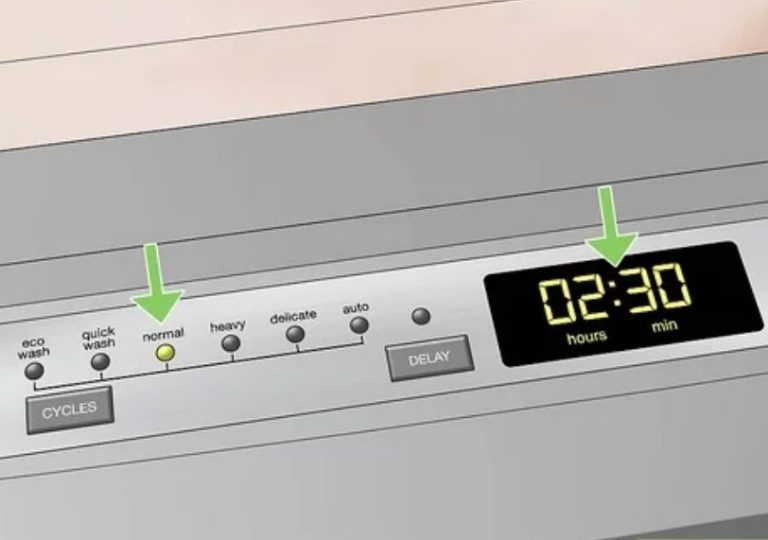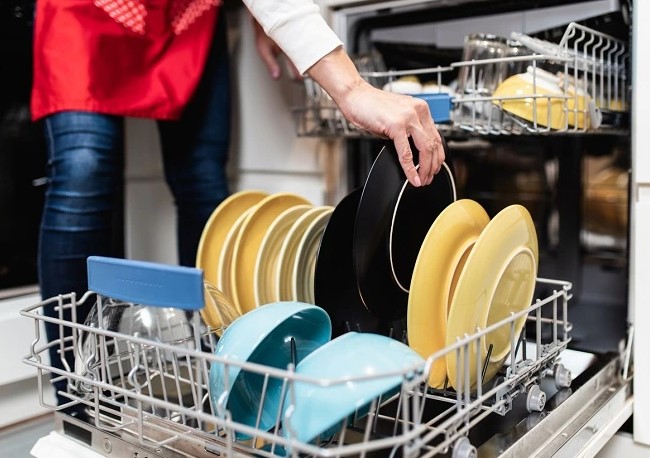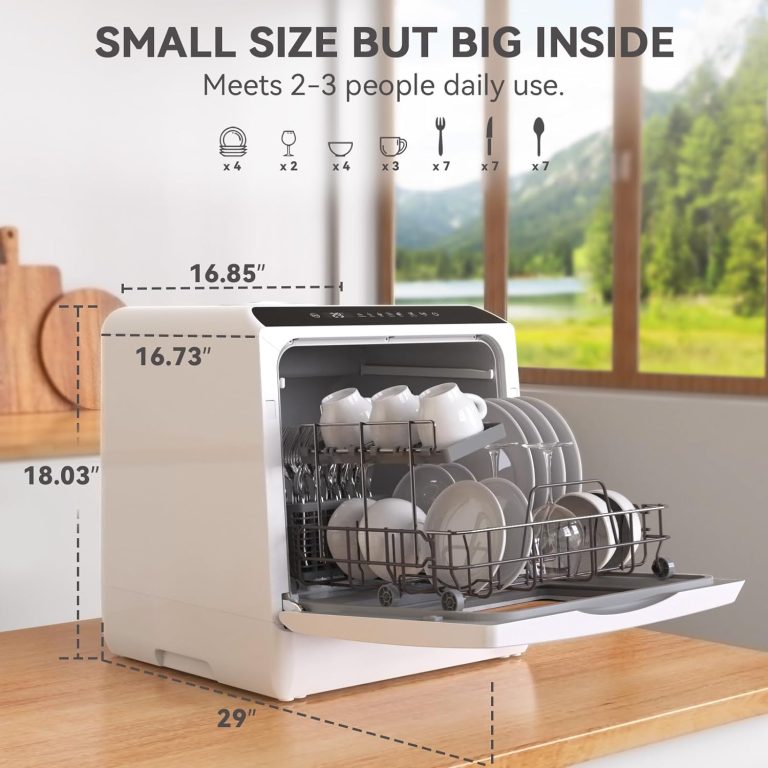How to Clean Your Dishwasher Filter: A Comprehensive Guide
A clean dishwasher filter is the unsung hero of sparkling dishes and a well-functioning appliance. Did you know that a clogged filter can reduce your dishwasher’s cleaning efficiency by up to 50%? This article will guide you through the essential process of cleaning your dishwasher filter, ensuring optimal performance and longevity of your appliance. We’ll cover everything from understanding the importance of a clean filter to step-by-step cleaning instructions and troubleshooting tips.
Understanding the Dishwasher Filter

A dishwasher filter serves as a crucial component in the appliance’s cleaning system. The filter traps food particles and debris during the wash cycle, preventing them from recirculating onto your dishes. There are two main types of dishwasher filters:
Self-cleaning filters: These use a grinder to pulverize food particles.
Manual cleaning filters: These require regular maintenance by the user.
Cleaning your dishwasher filter is vital for several reasons:
- Improved cleaning performance
- Prevention of clogs and unpleasant odors
- Extended lifespan of the dishwasher
Types of Dishwasher Filters
| Filter Type | Description | Maintenance |
| Self-cleaning | Uses a grinder to pulverize food particles | Minimal maintenance required |
| Manual cleaning | Traps debris for manual removal | Regular cleaning needed |
Signs Your Dishwasher Filter Needs Cleaning

Recognizing when your dishwasher filter requires attention is crucial. Look out for these telltale signs:
- Dishes coming out dirty or with food residue
- Unusual noises during the wash cycle
- Foul odors emanating from the dishwasher
Most manufacturers recommend cleaning the filter monthly or after every 30 cycles. However, households that use their dishwasher frequently or have hard water may need to clean the filter more often.
Tools and Materials Needed
Before you begin, gather the following items:
- Soft brush or old toothbrush
- Mild dish soap
- Warm water
- Clean towel or drying cloth
Safety precautions:
- Turn off and unplug the dishwasher before cleaning
- Handle the filter and other components with care to avoid damage
Step-by-Step Guide to Cleaning the Dishwasher Filter

- Locate the Filter: The filter is typically found at the bottom of the dishwasher tub. In some models, particularly the best KitchenAid dishwashers, it may be located in the back corner of the tub.
- Remove the Filter: Gently twist and pull the filter to remove it. Some models may require you to remove the bottom rack for easier access.
- Clean the Filter: Rinse the filter under warm running water to remove loose debris. Use a soft brush and mild dish soap to gently scrub away stubborn grime. For particularly dirty filters, soak in warm, soapy water for 10-15 minutes before scrubbing.
- Clean the Filter Compartment: While the filter is out, wipe down the area where it sits using a damp cloth to remove any accumulated debris.
- Reinstall the Filter: Carefully place the clean filter back into its compartment, ensuring it’s securely locked in place.
Table 2: Cleaning Frequency Based on Usage
| Usage | Recommended Cleaning Frequency |
| Light (1-3 loads per week) | Every 2-3 months |
| Moderate (4-7 loads per week) | Monthly |
| Heavy (8+ loads per week) | Every 2-3 weeks |
Additional Maintenance Tips
To keep your dishwasher in top condition:
- Set reminders for regular filter cleaning
- Use commercial dishwasher cleaners monthly to remove mineral buildup and sanitize
- Inspect spray arms and drain for blockages periodically
Troubleshooting Common Issues
- Filter Won’t Come Out: If the filter is stuck, check your dishwasher’s manual for specific removal instructions. Never force the filter, as this may cause damage.
- Persistent Bad Odors: If odors persist after cleaning the filter, run an empty cycle with a cup of white vinegar placed on the top rack.
- Dishes Still Aren’t Clean: Check for other issues such as blocked spray arms, incorrect loading, or the need for a deeper clean of the entire dishwasher.
Best Practices for Maintaining Your Dishwasher
- Scrape plates before loading
- Run hot water in the sink before starting the dishwasher
- Use high-quality detergent and rinse aid
- Clean the exterior and door seals regularly
List of Common Dishwasher Filter Issues:
- Clogged with food particles
- Mineral buildup from hard water
- Damaged or worn filter material
- Improperly installed after cleaning
The Role of Water Quality in Dishwasher Maintenance

Water quality significantly impacts your dishwasher’s performance and filter cleanliness. Hard water, rich in minerals like calcium and magnesium, can leave deposits on your filter and dishes. These deposits can reduce cleaning efficiency and potentially damage the appliance over time.
To combat hard water issues:
- Install a water softener system
- Use water softening dishwasher detergents
- Add rinse aid to every cycle
- Clean the dishwasher and filter more frequently
Energy Efficiency and Clean Filters
A clean dishwasher filter contributes to energy efficiency. When filters are clogged, the dishwasher must work harder to clean dishes, consuming more energy and water. Regular filter maintenance can lead to:
- Reduced energy consumption
- Lower water usage
- Shorter cycle times
- Extended appliance lifespan
The Impact of Detergent Choice on Filter Cleanliness
The type of detergent you use can affect how quickly your filter becomes dirty. Gel detergents tend to leave more residue, potentially clogging the filter faster. Powder and tablet detergents are often more effective at keeping the filter clean.
List of Detergent Recommendations:
- Use powder or tablet detergents for optimal results
- Avoid overfilling the detergent dispenser
- Consider enzyme-based detergents for better food particle breakdown
The Best KitchenAid Dishwasher Models for Easy Filter Maintenance

KitchenAid, known for their high-quality appliances, offers several dishwasher models with user-friendly filter systems. The best KitchenAid dishwashers for easy filter maintenance include:
- KitchenAid KDTM354ESS: Features a self-cleaning filter that requires minimal maintenance
- KitchenAid KDTE334GPS: Equipped with a ProWash Cycle that adjusts in real-time, reducing filter strain
- KitchenAid KDPM604KPS: Boasts a triple filter system for superior cleaning and easy maintenance
These models exemplify KitchenAid’s commitment to combining performance with user convenience, making the task of filter maintenance less frequent and more straightforward.
The Future of Dishwasher Filter Technology
As appliance technology advances, we’re seeing innovations in dishwasher filter design. Some emerging trends include:
- Self-cleaning filters with advanced grinding mechanisms
- Smart sensors that alert users when filter cleaning is needed
- Antimicrobial filter materials to prevent bacterial growth
- Filter-less designs that use centrifugal force to separate debris
These advancements aim to reduce maintenance needs while improving overall dishwasher performance and hygiene.
Conclusion
Maintaining a clean dishwasher filter is crucial for optimal appliance performance, energy efficiency, and the longevity of your dishwasher. By following the steps outlined in this guide and establishing a regular cleaning routine, you can ensure your dishes come out sparkling clean every time. Remember, a little preventive maintenance goes a long way in avoiding costly repairs and replacements down the line.
We encourage you to make filter cleaning a part of your regular household maintenance routine. Not only will it improve your dishwasher’s performance, but it will also contribute to a more hygienic and efficient kitchen environment. Share this guide with friends and family to help them maintain their dishwashers, and don’t hesitate to leave a comment if you have any questions or additional tips to share.

Michael Thompson is a highly skilled appliance technician specializing in KitchenAid dishwashers. With many years of experience, Michael is renowned for his expertise in handling various models of KitchenAid dishwashers, ensuring optimal performance and longevity. His dedication to customer satisfaction and in-depth knowledge of appliance technology make him a trusted figure in his community. Michael’s commitment to quality service has earned him a reputation as one of the best in his field.






Great guide on cleaning dishwasher filters! Can you explain how frequently the filter should be cleaned for optimal performance? Are there any signs that indicate it needs to be cleaned sooner?
Hi Bastosel,
Thanks for your kind words about the guide! For optimal performance, it’s generally recommended to clean your dishwasher filter every 1-2 months. However, this can vary depending on how frequently you use your dishwasher and the type of dishes you wash.
There are a few signs that might indicate the filter needs cleaning sooner:
Decreased Cleaning Efficiency: If you notice that dishes are coming out dirty or have a residue, it might be time to check the filter.
Unusual Odors: Persistent bad smells from the dishwasher can often be a sign that the filter is clogged.
Water Drainage Issues: If you observe water pooling at the bottom of the dishwasher, a clogged filter might be the cause.
Regular cleaning will help keep your dishwasher running smoothly and extend its lifespan. If you have any more questions or need further assistance,
Very informative article! What are the best methods for removing stubborn food particles from the filter? Are there any specific tools or cleaning solutions that work best?
Hi David,
Thank you for your kind words! When it comes to removing stubborn food particles from your dishwasher filter, here are a few effective methods:
Soaking: After removing the filter, soak it in a mixture of warm water and mild dish soap for about 15-30 minutes. This helps loosen up any stubborn debris.
Scrubbing: Use a soft-bristled brush or an old toothbrush to gently scrub the filter. Focus on any areas where food particles are still stuck. Avoid using abrasive brushes that could damage the filter.
Vinegar Solution: For tougher grime, you can use a solution of white vinegar and water. Vinegar helps to dissolve mineral deposits and grease. Just soak the filter in the vinegar solution for about 30 minutes before scrubbing.
Toothpick or Needle: For particles lodged in small crevices, a toothpick or needle can help dislodge them. Be careful not to damage the filter while doing this.
Cleaning Solutions: Mild dish soap is usually sufficient, but you can also use a dishwasher-safe cleaner if needed. Avoid harsh chemicals or abrasive cleaners that might damage the filter.
Regular maintenance is key to keeping your dishwasher running efficiently. If you have any more questions or need further assistance,
Thanks for the detailed instructions! How can I properly disassemble the filter for a thorough cleaning? Are there any precautions to take during this process to avoid damage?
Hi Mistyuribe,
I’m glad you found the instructions helpful! To disassemble the filter for a thorough cleaning, follow these steps:
Turn Off the Dishwasher: Always ensure the dishwasher is off and disconnected from the power source before starting.
Remove the Bottom Rack: Pull out the bottom rack to access the filter.
Locate the Filter Assembly: Typically, the filter is located at the bottom of the dishwasher. It may have a cover or be a separate piece.
Disassemble the Filter: Depending on your dishwasher model, you may need to unscrew or unclip the filter. Refer to your dishwasher’s manual for specific instructions. Gently lift out the filter assembly.
Clean the Filter: Rinse the filter under warm water to remove debris. Use a soft brush or cloth to scrub any stubborn particles.
Reassemble and Reinstall: Once the filter is clean and dry, reassemble it by reversing the disassembly steps. Ensure it is securely in place before replacing the bottom rack.
Precautions:
Handle all parts gently to avoid any damage.
Avoid using harsh chemicals or abrasive materials that could damage the filter or the dishwasher.
Check for any signs of wear or damage on the filter and replace it if necessary.
If you have any more questions or need further assistance, feel free to ask!
This article is helpful! Can you provide more information on how to clean the filter if it’s been neglected for a long time? What steps should be taken to ensure it’s effectively cleaned?